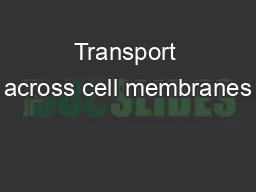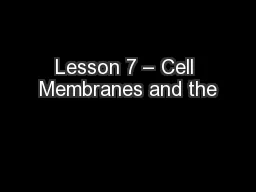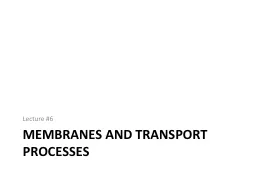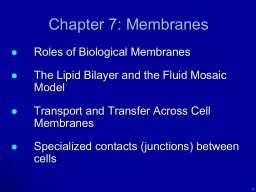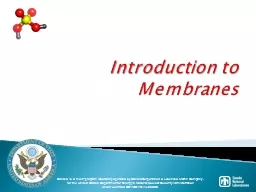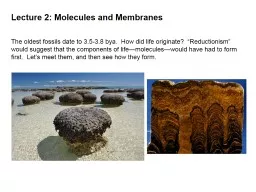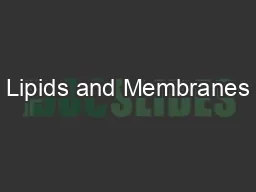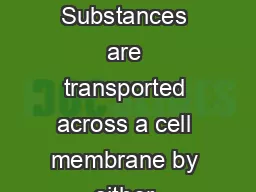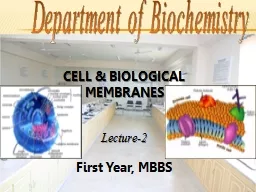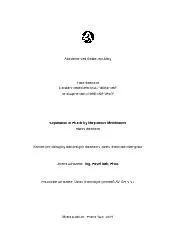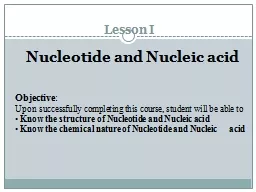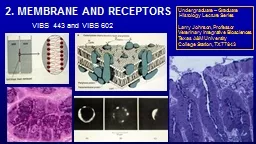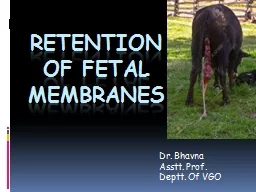PPT-Transport across cell membranes
Author : celsa-spraggs | Published Date : 2016-04-06
Chapter 22 McGrawHill Ryerson Biology 12 2011 Concentration gradient Concentration gradient difference in concentration between one side of a membrane and the other
Presentation Embed Code
Download Presentation
Download Presentation The PPT/PDF document "Transport across cell membranes" is the property of its rightful owner. Permission is granted to download and print the materials on this website for personal, non-commercial use only, and to display it on your personal computer provided you do not modify the materials and that you retain all copyright notices contained in the materials. By downloading content from our website, you accept the terms of this agreement.
Transport across cell membranes: Transcript
Download Rules Of Document
"Transport across cell membranes"The content belongs to its owner. You may download and print it for personal use, without modification, and keep all copyright notices. By downloading, you agree to these terms.
Related Documents

